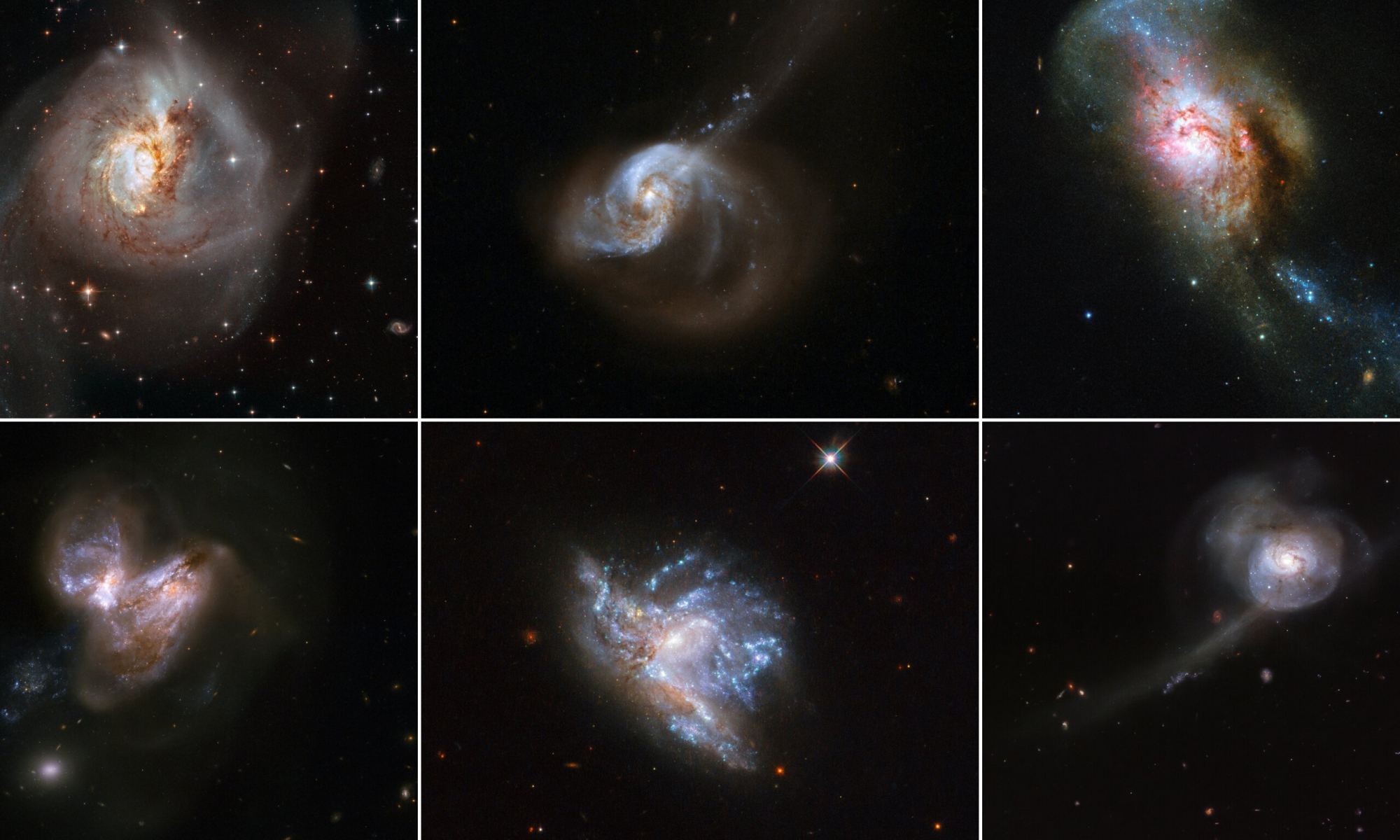To trigger star formation, you need to compress a lot of gas into not a lot of volume. To make a lot of stars at once, you need to really pack it in. Until now, astronomers haven’t been sure how to pull this off. But a collection of 20 papers outlines how to do it: make giant clouds of gas crash into each other.
Continue reading “Star Formation Begins When Clouds of Gas Crash Into Each Other”Star Formation Begins When Clouds of Gas Crash Into Each Other











